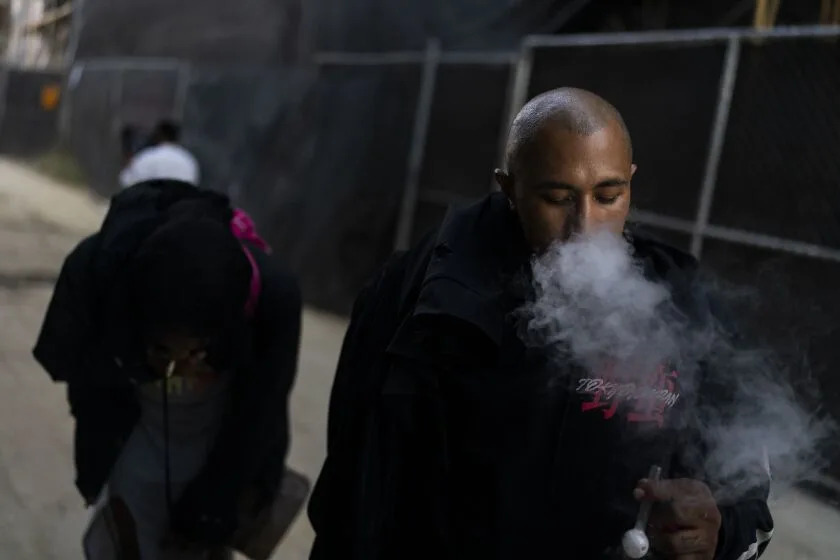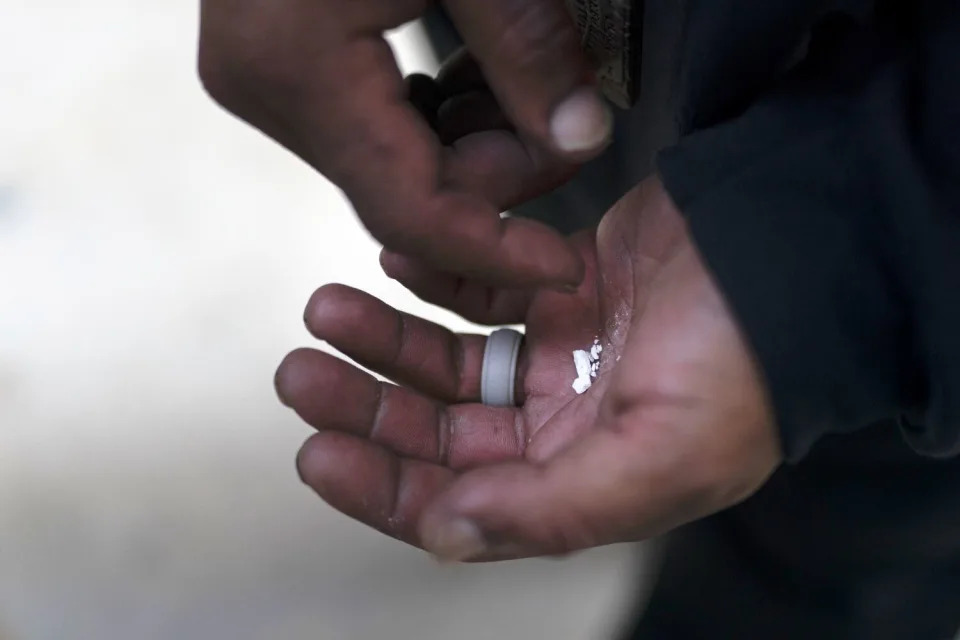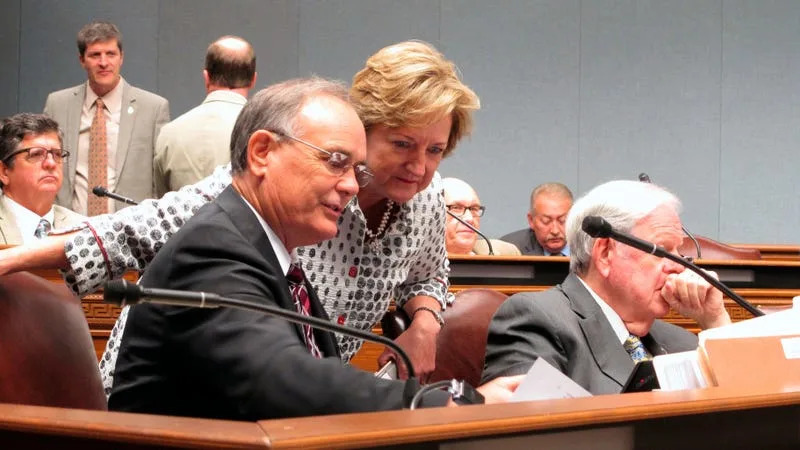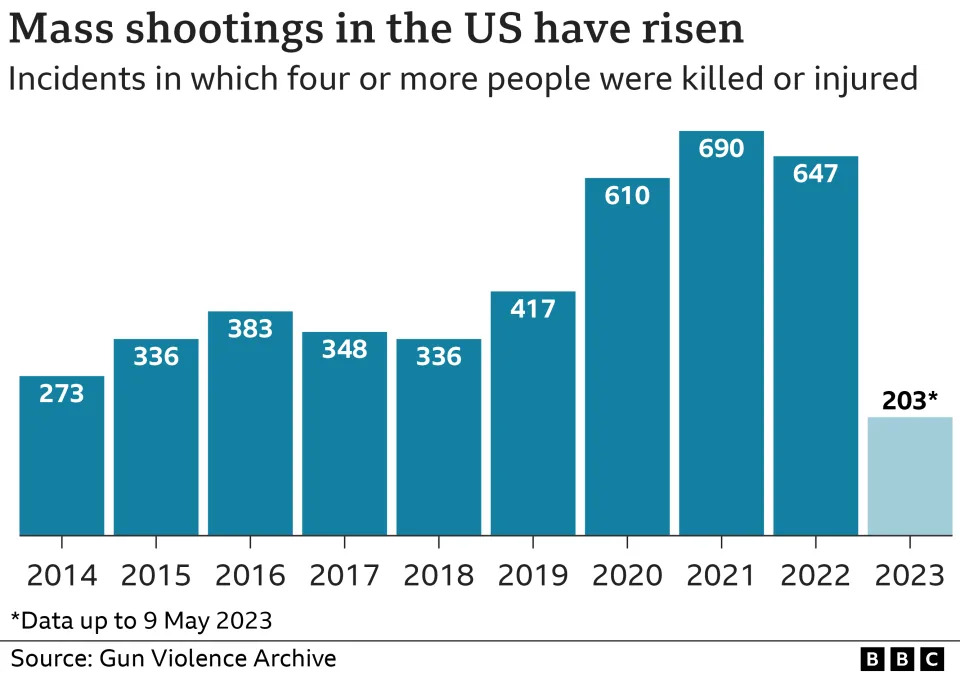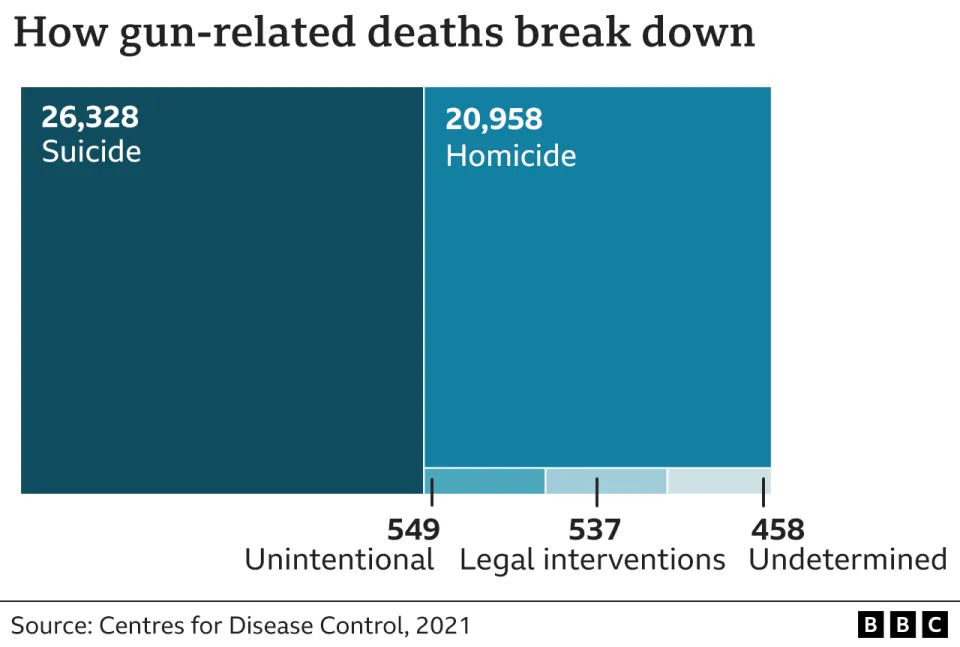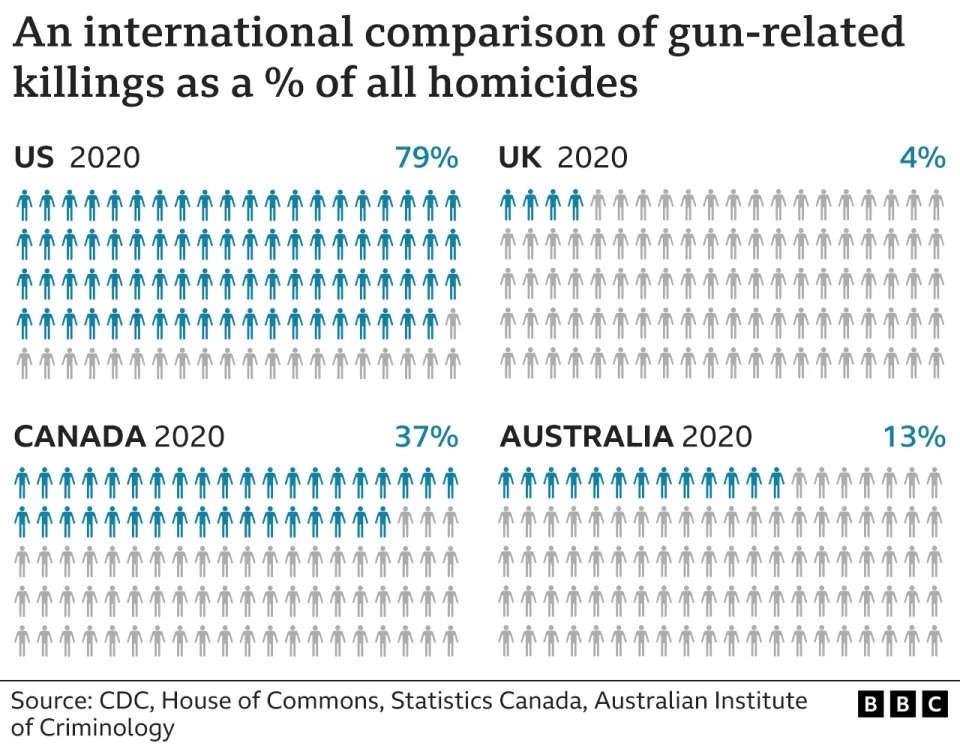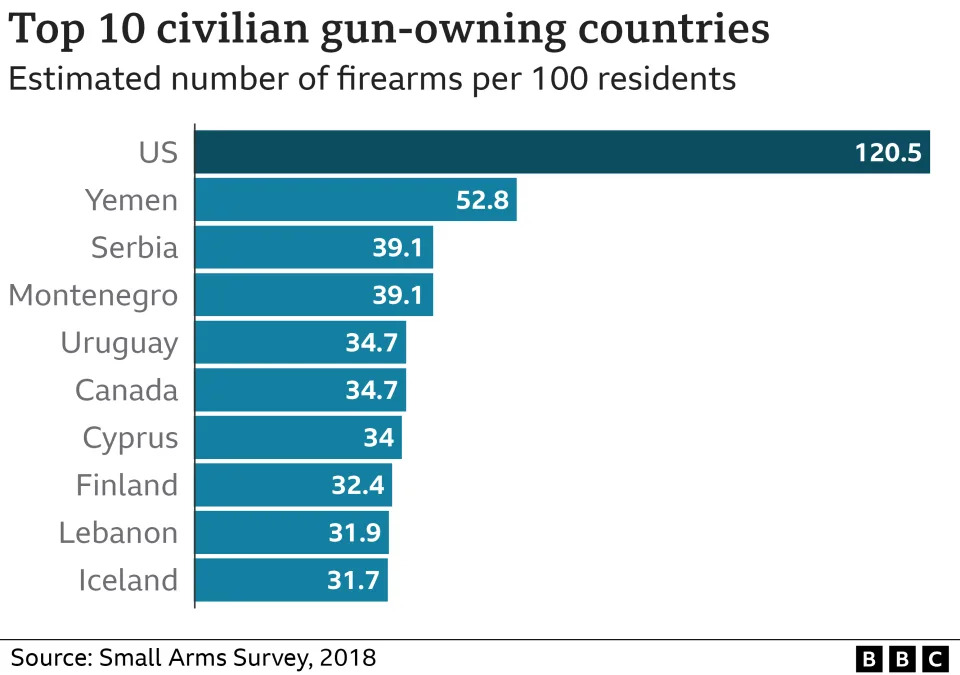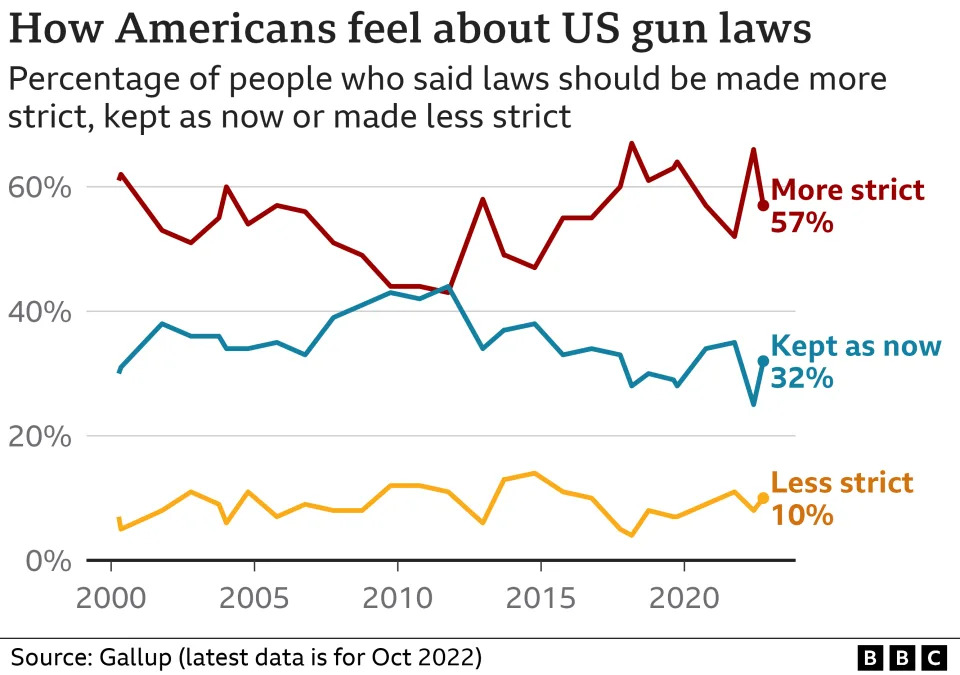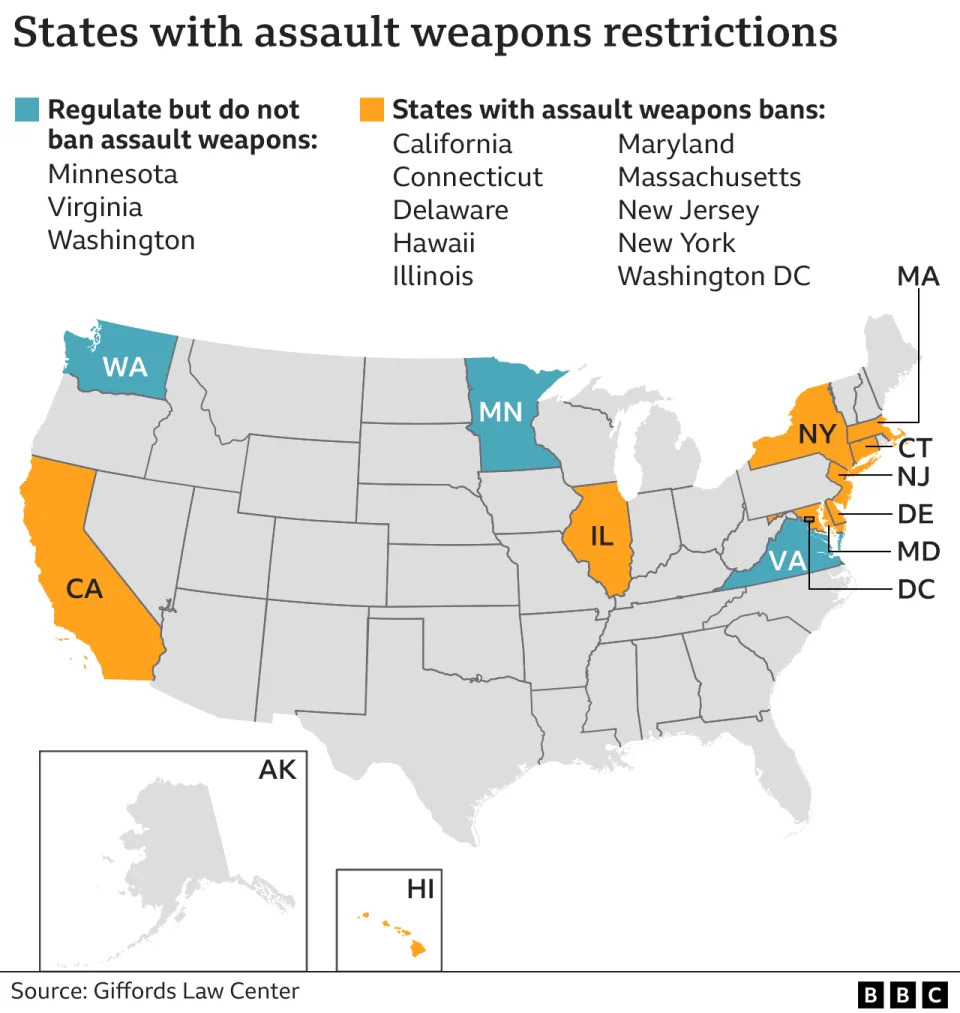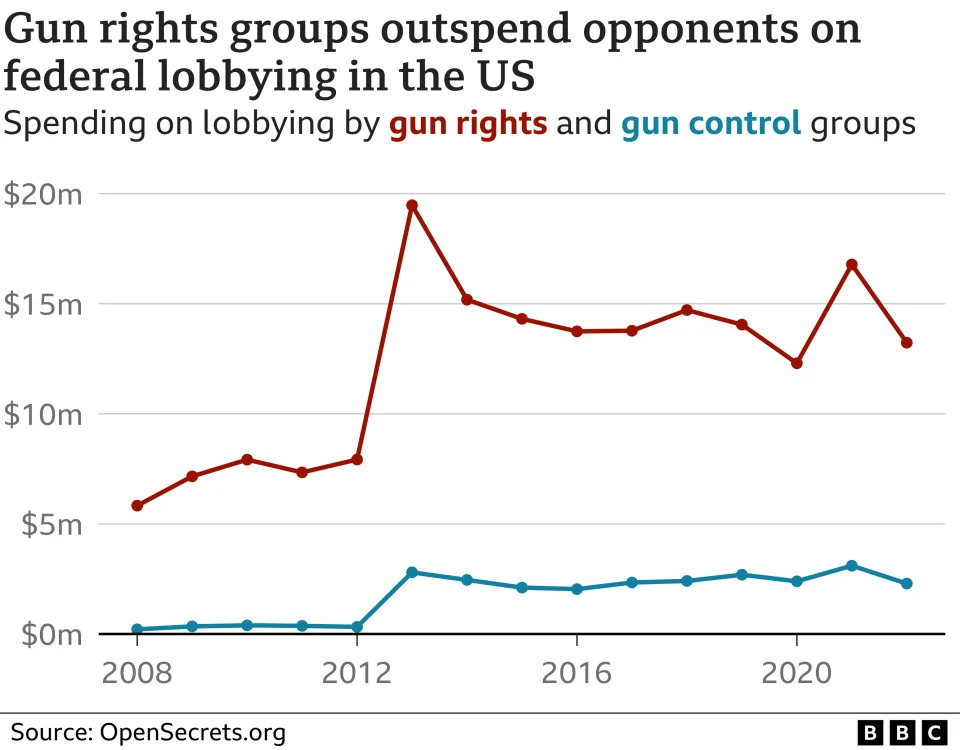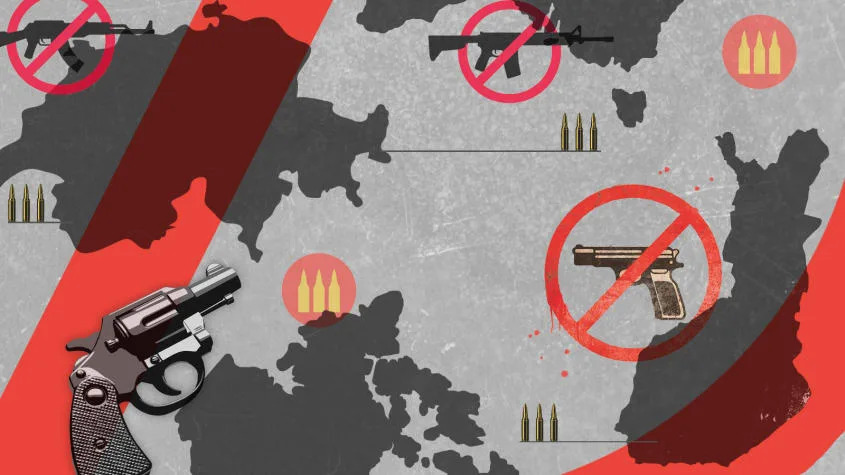Womens World
Autoimmune Diseases Are on the Rise in Women — Here’s What To Look Out for and How You Might Treat Them
Deborah Skolnik – May 12, 2023

When your immune system is healthy, it’s like having a personal ninja warrior at your disposal. This ninja is focused on one specific mission: to protect your body from threats such as germs, unhealthy changes in cells, and harmful foreign substances. In some people, though, the immune system becomes confused about whom the enemy is and attacks the body instead. The assault can happen anywhere, from joints and blood vessels to endocrine glands, causing what are known as an autoimmune diseases. More than 24 million Americans have one, and the complications can often be life-threatening.
Even worse, the incidence of autoimmune disorders in the United States is steadily rising. “These issues are becoming the new epidemic,” says internist Jacob Teitelbaum, MD, a fibromyalgia expert in Kailua Kona, Hawaii, and author of From Fatigued to Fantastic! A Clinically Proven Program to Regain Vibrant Health and Overcome Chronic Fatigue. “We’re seeing about a 3 to 9 percent increase per year in autoimmune diseases [with some more on the rise than others]. It’s more than compounding every 25 years,” he shares. These stats are rising the most among women — nearly 80 percent of sufferers are female. It’s a staggering difference that raises an obvious question: Why?
Why Women?
“The answer to that is estrogen,” says Stuart D. Kaplan, MD, chief of rheumatology at Mount Sinai South Nassau in Oceanside, New York, and a partner in Rheumatology Consultants, LLP, in Hewlett, New York. “It’s been shown that estrogens rev up the autoimmune process,” he shares.- ADVERTISEMENT -https://s.yimg.com/rq/darla/4-11-1/html/r-sf-flx.html
Another potential reason for the gender gap is the chromosomal difference between males and females. “Men have an XY chromosome and women have an XX. A lot of immune genes are on the X chromosome. Because of that, women have kind of a double dose of risk for [immune-related] genetic defects,” Teitelbaum says. Bottom line: While women are at greater risk than men, both sexes are vulnerable to the consequences of an immune system gone rogue.
Common Autoimmune Disorders
The statistics are undoubtedly frightening, but the news isn’t entirely bad. You can at least partially control many of these disorders through medications, which often subdue the immune system. In some cases, there are also ways to feel better without any drugs at all. Currently, more than 80 autoimmune diseases have been identified. Some are very rare, but doctors see the following conditions regularly:
Rheumatoid Arthritis (RA)
In this disorder, the immune system attacks the lining inside the joints, causing inflammation and, over time, bone loss and misshapen joints. RA can also affect other parts of the body, including the eyes, lungs, and heart. RA’s symptoms, which can come and go, include a few you might expect, as well as a few you might not. Sufferers may feel stiffness in their joints that is typically worse in the morning and after physical exertion, and their joints may often be warm, tender, and swollen. Additional red flags — fever, tiredness, and a lack of appetite — can be mistaken for other illnesses.
Treatment
Fortunately, medications can often help alleviate RA’s effects. Doxycycline, an antibiotic with anti-inflammatory properties, is an inexpensive treatment, and non-steroidal anti-inflammatory drugs (NSAIDs) are commonly prescribed for the redness, heat, and swelling. When NSAIDs don’t help or RA is severe, a physician may prescribe a drug called methotrexate (also known as Trexall, Rasuvo, or Otrexup), which can slow the disease’s progression. It’s one of a class of medications known as disease-modifying anti-rheumatic drugs, or DMARDs.
As recently as 2019, a review of research in the International Journal of Molecular Sciences concluded methotrexate is still one of the most efficient RA therapies. Some of the latest drugs to treat RA are a whole new class of DMARDs called biologics. Synthesized or derived from living organisms, they generally target the various immune cells linked to inflammation to try to halt the disease process. Rituximab is one such biologic, a lab-engineered antibody, that’s being used to treat RA alone or with other drugs.
Alternative Therapies
Curamin, a dietary supplement aimed at reducing inflammation, may be beneficial for some RA patients, says Teitelbaum. Among its ingredients is curcumin, an anti-inflammatory chemical found in turmeric. About a half-dozen other herbal remedies have shown promise in addressing RA’s miseries as well, including Indian frankincense or boswellia serrata (another ingredient in Curamin), aloe vera, ginger, and green tea.
Hashimoto’s Disease
When your immune system attacks your thyroid, the gland near the base of your throat becomes inflamed and its functioning can become impaired. “Hashimoto’s is the most common cause of hypothyroid [low thyroid-gland activity],” says Teitelbaum. “If people have symptoms of fatigue, weight gain, achiness, cold intolerance, constipation, or infertility, I will test them. It can be diagnosed with a simple blood test.”
Treatment
A standard thyroid blood panel will often indicate a patient is in the normal range for thyroid function, “but ‘normal’ only means they’re not in the lowest 2 percent of the population,” Teitelbaum says. If a patient is still exhibiting the symptoms of hypothyroidism, he’ll prescribe desiccated thyroids (one brand name is Armour Thyroid) to supplement their body’s natural thyroid hormones. Many doctors prescribe a synthetic thyroid medication called Synthroid, but Teitelbaum contends it doesn’t work well in a significant number of his patients.
Alternative Therapies
Most non-drug therapies for Hashimoto’s don’t yet have a scientific stamp of approval, though traditional treatments such as Chinese medicine (acupuncture and herbs) are being studied. Preliminary studies have found that selenium supplements may lower antibody levels. However, a 2013 review of all existing data, published in the European Thyroid Journal, found more evidence is needed.
Grave’s Disease
This autoimmune disorder is pretty much the opposite of Hashimoto’s: The immune system causes the thyroid to become inflamed in a way that causes it to make too much thyroid hormone. “It’s kind of the difference between feeling slow and sluggish vs. feeling like you’ve had 10 pots of coffee,” Teitelbaum says. “You’re going to seem like a country western song when you have Graves’ disease — your wife leaves, your dog leaves, and you get fired. People are emotional train wrecks.” Beyond anger and irritability, some key symptoms include enlargement of the thyroid gland (called a goiter), trembling hands, a change in menstrual cycles for women, and bulging eyes.
Treatment
It involves taking methimazole, which blocks the overproduction of thyroid hormone. Radioactive iodine therapy is another option. It gradually destroys the overactive thyroid (and then you take something like Synthroid to replace the hormones). Teitelbaum prefers methimazole, however, contending it’s safer and less expensive. Another class of drugs, beta blockers, alleviate some symptoms of Graves’ rather than addressing the excess level of thyroid hormones. In some cases, doctors will recommend surgically removing all or part of the gland.
Alternative Therapies
Dietary changes — following an anti-inflammatory eating style and eliminating any food allergens — can help with some symptoms. Ask your doctor if you should avoid or limit certain foods that contain large amounts of iodine, including seaweed and kelp. It’s also wise to touch base with your healthcare provider about any supplements, multivitamins, or cough syrups
you take, because these may contain iodine or interfere with your prescribed medication. Your thyroid modulates your metabolism and has a role in multiple body systems so don’t put off seeking proven treatments.
Multiple Sclerosis
The symptoms of this disorder, which arises when the body’s immune system attacks the protective coating of the body’s nerve cells, are alarming: “You can have a sudden loss of function in one arm, or one leg and numbness,” Teitelbaum says. “I’m not talking about numbness and tingling fingers, but where it’s so numb that you could stick a needle through it and you wouldn’t feel it. You may also have loss of vision in one eye.” If these symptoms flare up and then recede, the condition is called relapsing-remitting multiple sclerosis (about 85 percent of people with MS have this type, according to the National Multiple Sclerosis Society.)
Treatment
A drug called copolymer-1 has been a leading treatment for MS for the past two decades. It significantly reduces flare-ups in patients with relapsing-remitting MS. Acute attacks can
be treated with corticosteroids and a procedure called plasma exchange, in which your blood’s plasma is removed, and the blood cells are combined with a protein solution and returned to the body. There are also biologics effective for relapsing-remitting MS and the primary-progressive form of the disease, which has no remissions.
Alternative Therapies
Beyond drugs, physical therapy can boost patients’ strength and flexibility, and make everyday tasks easier to perform. Doctors also recommend exercise; keeping cool (a rise in body temperature can worsen symptoms) and managing stress through things like practicing yoga and mindfulness, since anxiety can exacerbate MS symptoms. Some research has shown that vitamin D and probiotic supplements can be helpful for some people with MS.
Psoriasis
When one type of white blood cell, called a T-helper lymphocyte, becomes overactive, it produces chemicals that cause the skin (and possibly some other organs and tissues) to become inflamed. This autoimmune disorder can have effects that are both highly visible and hidden. In the skin, the blood vessels widen, and skin cells grow abnormally fast. Usually it takes these cells a month to mature and be shed from the body, but with psoriasis, the process takes only a few days. Instead of falling away, the skin cells accumulate on the surface causing thickened, red, scaly skin. In some cases, these plaques can be itchy, painful, and burning. (Because other organs are also affected by psoriasis, sufferers may experience stiffness, pain, and swelling in the joints and surrounding areas.)
Treatment
A wide variety of therapies can help ease the symptoms of psoriasis or slow its progression. Corticosteroid ointments and shampoos can be applied to plaques or other sensitive areas such as skin folds and the face. Others, including certain types of synthetic vitamin D, may slow cell growth. There are also topical treatments to reduce scaling and itching. (In certain cases, your doctor may prescribe oral or injected medications that have these same effects.) Biologics geared toward psoriasis can produce results quickly by interrupting the T cell actions specifically.
Alternative Therapies
Light therapy, in which the skin is exposed to artificial or natural light, is sometimes used in combination with medications. Weight loss can also be effective: A 2019 study published in the Cochrane Database of Systematic Reviews found that a low-calorie diet reduced the severity of psoriasis in patients with obesity by at least 75 percent.
Lupus
While many autoimmune diseases seem to attack one specific area of the body, this disease is broader. It creates antibodies that can have widespread effects. “The body is fighting itself, and you can get inflammation of almost every organ,” says Kaplan. “People with lupus will have fevers, rashes, joint pain, inflammation of the kidneys, and sometimes even central nervous system abnormalities.”
Treatment
Because steroids are the most effective anti-inflammatories, they’re often used to treat lupus, especially when it involves a vital organ such as the brain. “If you don’t use high-dose steroids, the person is going to die,” Kaplan explains. “In situations like that, you have no choice, but you always try to taper down the steroids as quickly as you can.” DHEA supplements, a hormone secreted by the adrenal gland, may also help. More commonly recommended medications include OTC anti-inflammatories (such as naproxen and ibuprofen); antimalarial drugs, which can halt flares and possibly extend patients’ lives, and even chemotherapy for severe cases. A biologic called belimumab targets a protein in the disease process.
Alternative Therapies
A 2019 study in the journal Lupus is one of the latest to suggest that healthy lifestyle changes can improve the symptoms and quality of life for lupus sufferers. The trials, which included psychological interventions such as cognitive-behavioral therapy, mindfulness and psychotherapy, and other interventions such as exercise and electro-acupuncture (the needles are stimulated with a low amount of electricity), had encouraging results. These non-drug-oriented treatments improved some participants’ pain as well as their overall fatigue. Perhaps most important, the interventions lessened the incidence of anxiety and depression.
Whatever your autoimmune condition, it’s important to work with a specialist who will listen to you and your concerns and help you find the best type of treatment. The options should always include lifestyle changes, including physical activity, dietary shifts, stress management, sleep, and more since, besides aiding overall health, these will help control inflammation and improve gut health and other metabolic functions that can impact autoimmune conditions.
A version of this article appeared in our partner magazine, The Complete Guide to Anti-Inflammation.

